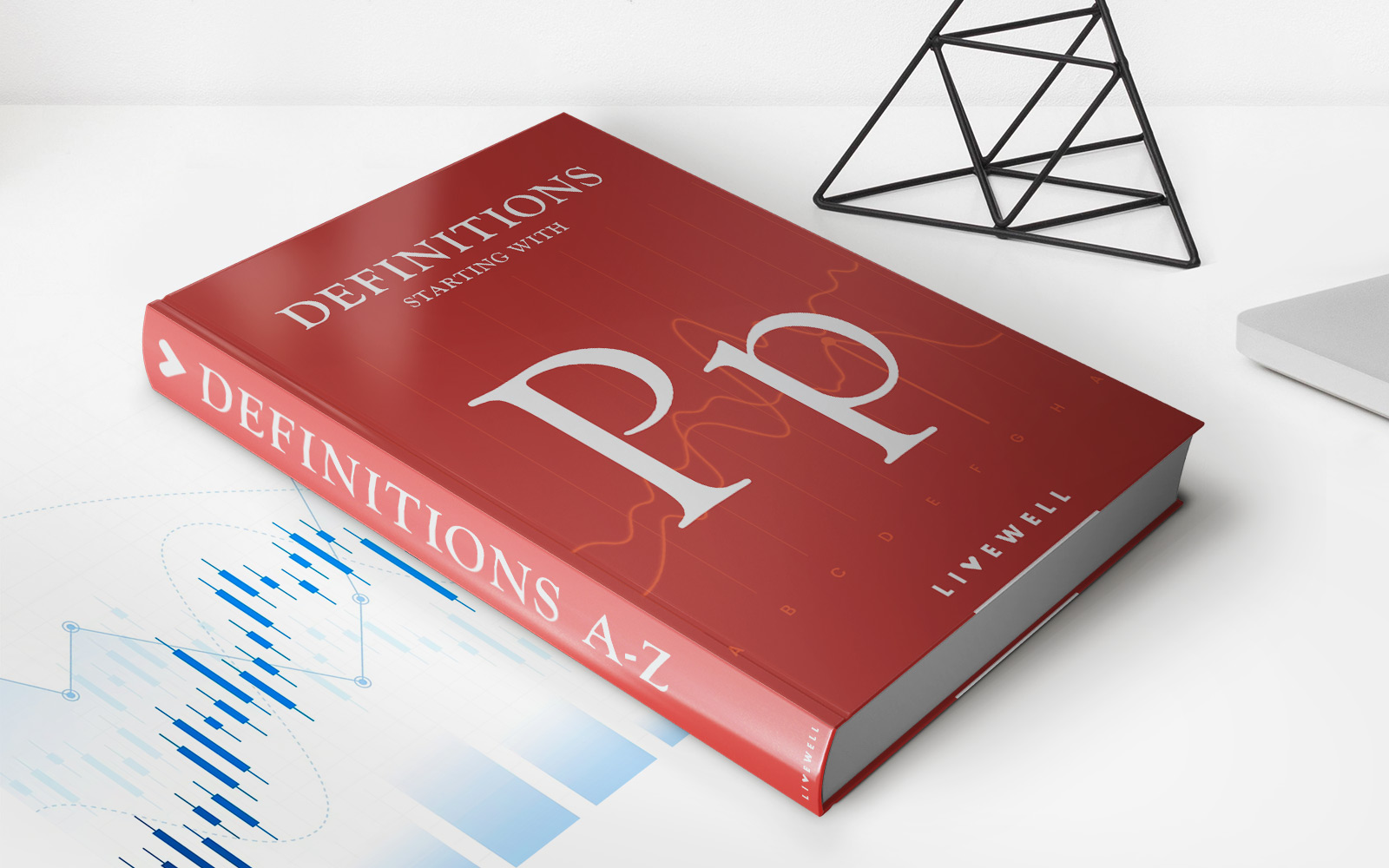

Finance
Rental Real Estate Loss Allowance Definition
Modified: February 21, 2024
Looking to understand the rental real estate loss allowance definition? Explore the finance aspect in this comprehensive guide and enhance your knowledge in the field.
(Many of the links in this article redirect to a specific reviewed product. Your purchase of these products through affiliate links helps to generate commission for LiveWell, at no extra cost. Learn more)
Rental Real Estate Loss Allowance Definition: Maximizing your Tax Benefits
Managing your rental real estate investments comes with many financial considerations. One vital aspect to understand is the Rental Real Estate Loss Allowance. This often-overlooked provision in the U.S. tax code can help real estate investors offset their rental property losses against other income, reducing their overall tax liability. In this article, we will explain the Rental Real Estate Loss Allowance and provide insights into how you can maximize your tax benefits through its proper utilization.
Key Takeaways:
- Rental Real Estate Loss Allowance allows real estate investors to deduct rental property losses against other forms of income.
- The Tax Cuts and Jobs Act (TCJA) introduced limitations on the Rental Real Estate Loss Allowance.
Before diving into the benefits and limitations of the Rental Real Estate Loss Allowance, let’s first define what it actually means.
The Rental Real Estate Loss Allowance, commonly known as the “passive activity loss rules,” allows real estate investors to deduct losses incurred on their rental properties from other sources of income, such as wages, dividends, or business income. The objective of this provision is to help investors offset their rental property losses against their overall income, reducing their taxable income and potentially lowering their tax liability.
However, it is important to note that while it provides substantial tax benefits, there are certain conditions and limitations to qualify for the Rental Real Estate Loss Allowance.
Qualifying for the Rental Real Estate Loss Allowance
To qualify for the Rental Real Estate Loss Allowance, you must meet certain criteria set by the IRS. Here are the key eligibility requirements:
- Active Participation: You must actively participate in your rental activities, either by performing significant management decisions or providing a minimum number of hours of personal services.
- Income Limitations: Your adjusted gross income (AGI) should be below $150,000 for married couples filing jointly or $100,000 for individuals or married couples filing separately. If your income exceeds these limits, the allowance may be phased out.
- Real Estate Professional: If you or your spouse qualifies as a real estate professional, you may be able to deduct rental property losses without the income limitations. Being a real estate professional requires spending more than 50% of your working hours and at least 750 hours per year on real estate activities.
- Active Participation Exception: If your AGI is below $100,000 ($50,000 for married couples filing separately), you may be eligible for a limited deduction even without meeting the active participation criteria.
Maximizing the Rental Real Estate Loss Allowance
Now that you understand the qualifications, it’s time to explore ways to maximize your tax benefits through the Rental Real Estate Loss Allowance. Here are some strategies to consider:
- Document All Rental Activities: Keep records of all your rental activities, including time spent, maintenance and repair expenses, and any other relevant documentation. This will help you when preparing your taxes and substantiating your eligibility for the allowance.
- Optimize Property Management: Actively participating in your rental activities can increase your chances of meeting the active participation criteria. Consider managing your properties yourself or play a significant role in making management decisions.
- Consider Becoming a Real Estate Professional: If you meet the requirements of a real estate professional, you can bypass the income limitations and fully deduct your rental property losses.
- Plan Your Ownership Structure: Depending on your financial goals and situation, you may want to structure your ownership by forming partnerships or limited liability companies (LLCs). This can provide additional tax advantages and flexibility in utilizing the Rental Real Estate Loss Allowance.
By understanding the Rental Real Estate Loss Allowance and implementing these strategies, you can optimize your tax benefits and potentially reduce your overall tax liability. Consult with a tax professional who specializes in real estate to ensure you are maximizing your tax advantages while staying compliant with the IRS regulations.
In conclusion, the Rental Real Estate Loss Allowance can be a valuable tool for real estate investors to mitigate their tax liability. By meeting the eligibility criteria and applying prudent strategies, you can take full advantage of the benefits this provision offers. Stay informed, stay proactive, and make the most of your rental real estate investments.














